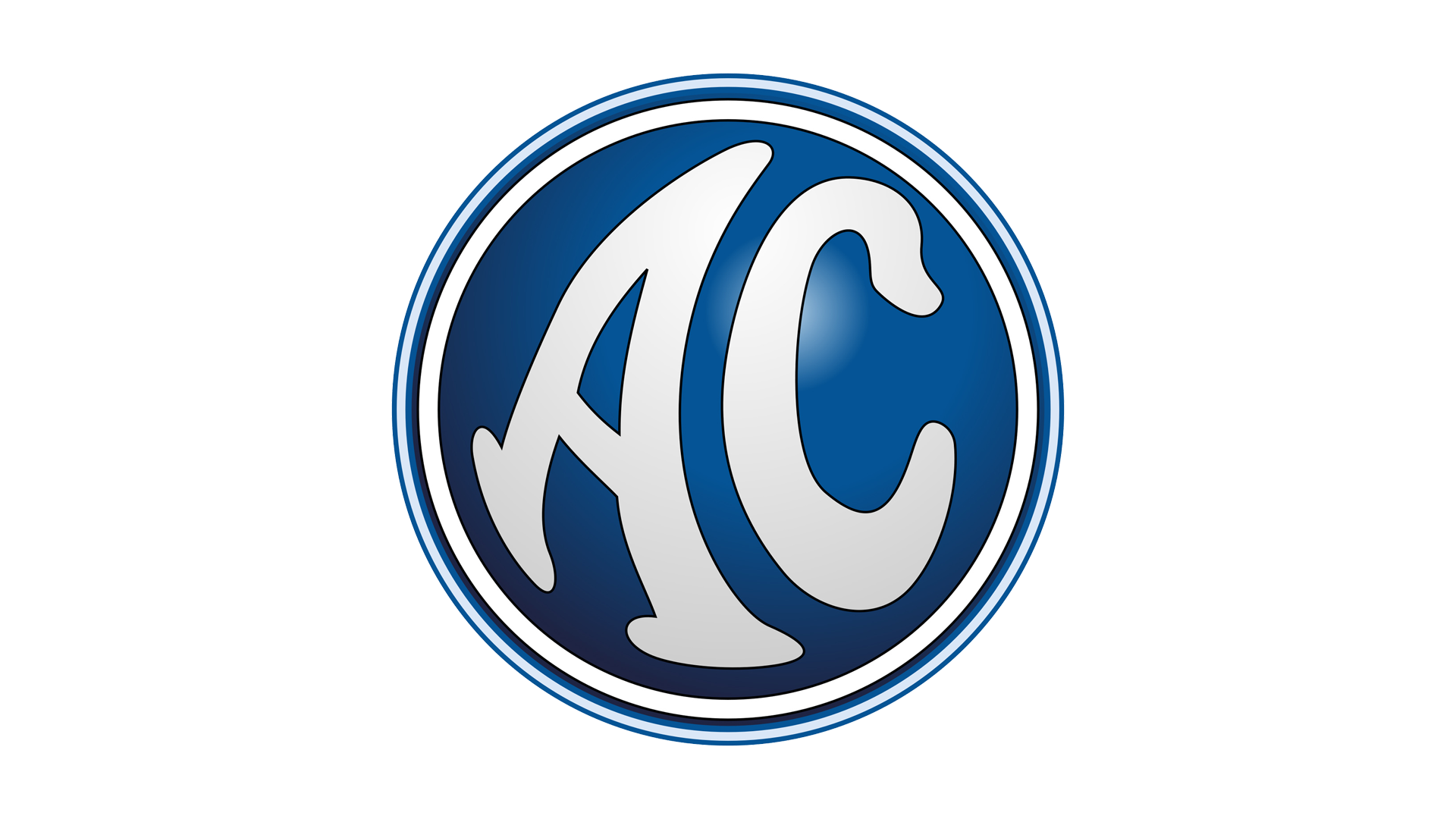Cars & Automotive Accessories - Fleetwood RV - Pace Arrow Eleganza
Get your hands on the complete AC factory workshop software
Download nowGet your hands on the Complete AC Factory Workshop Software
Download nowGet notified when we add a new ACACE Manual
We cover 25 AC vehicles, were you looking for one of these?

AC - Cobra - Parts Catalogue - 1967 - 1967

AC - Aceca - Sales Brochure - 1960 - 1960

AC - Cobra - Sales Brochure - 1963 - 1963

AC - Cobra - Sales Brochure - 1964 - 1964

Toys & Accessories - Fisher-Price - HALO UNSC Cobra Clash - DPW96

AC - Cobra - Parts Catalogue - 1960 - 1967

DJ Equipment - Kramer AV - Cobra-MX-88

DJ Equipment - Kramer AV - Cobra-TS2

DJ Equipment - Kramer AV - Cobra-MX-1616

DJ Equipment - Kramer AV - Cobra-T2

AC - Cobra - Sales Brochure - 2004 - 2004

DJ Equipment - Kramer AV - Cobra-R1300S2

DJ Equipment - Kramer AV - Cobra-TM-4

DJ Equipment - Kramer AV - Cobra-TA

Toys & Accessories - Lego - Mixels - COBRAX - 41575

DJ Equipment - Kramer AV - Cobra-R500A

Toys & Accessories - Fisher-Price - Diego Lil Quad - (K4565)

DJ Equipment - Kramer AV - Cobra-SKEW

DJ Equipment - Kramer AV - Cobra-DA-9

Toys & Accessories - Fisher-Price - UNSC Anti-Armor Cobra - CXL12

AC - Cobra - Sales Brochure - 2017 - 2017

AC - Cobra - Sales Brochure - 1962 - 1962

Ford - Cobra - Brochure - 1969 - 1969

Ford - Cobra - Brochure - 1969 - 1969 (2)

Ford - Cobra Sports Roof - Brochure - 1969 - 1969

AC - Cobra - Parts Catalogue - 1967 - 1967

AC - Aceca - Sales Brochure - 1960 - 1960

AC - Cobra - Sales Brochure - 1963 - 1963

AC - Cobra - Sales Brochure - 1964 - 1964

Toys & Accessories - Fisher-Price - HALO UNSC Cobra Clash - DPW96

AC - Cobra - Parts Catalogue - 1960 - 1967

DJ Equipment - Kramer AV - Cobra-MX-88

DJ Equipment - Kramer AV - Cobra-TS2

DJ Equipment - Kramer AV - Cobra-MX-1616








































































































































































































































